Tag: R&AW
-
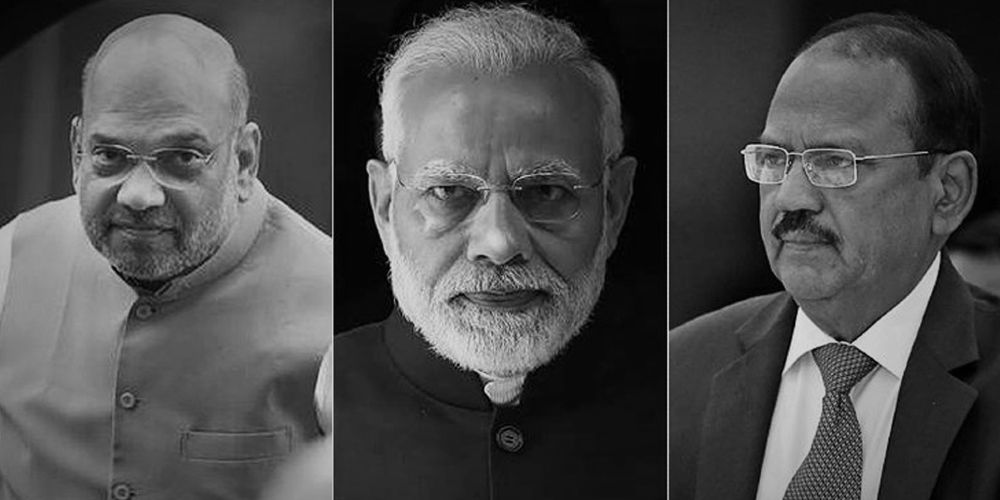
Ladakh standoff and India’s repeated intelligence failures
Unfortunately, in covering up for this big failure, and combined with the need to always appear on top of the other side, transparency went out of the window, opening the doors for…
-
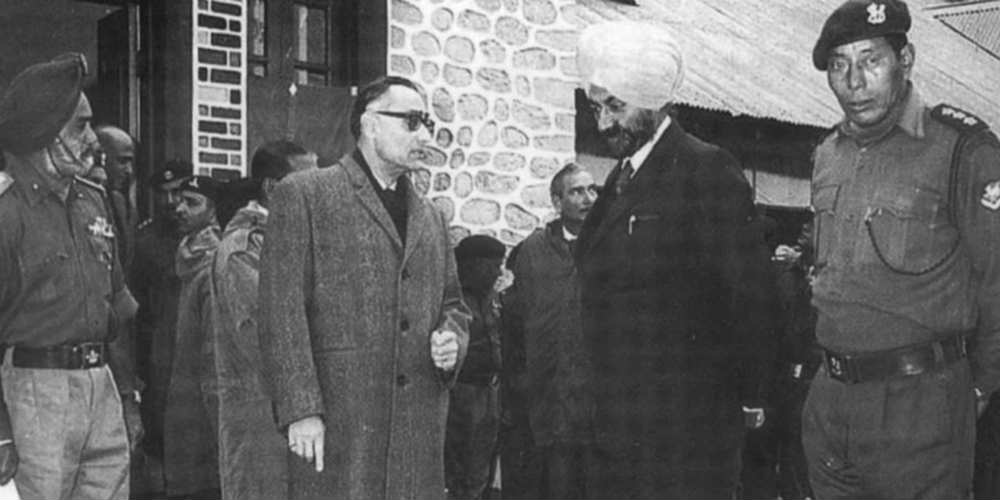
50 Years of R&AW – Is India’s foreign spy agency dreaded or dreadful?
Is R&AW dreaded or dreadful, effective or affectlessly irrelevant, a proactive shaper of India’s history and foreign policy or a bumbling reactionary force? As R&AW turns 50 today, it is worth investigating…
-
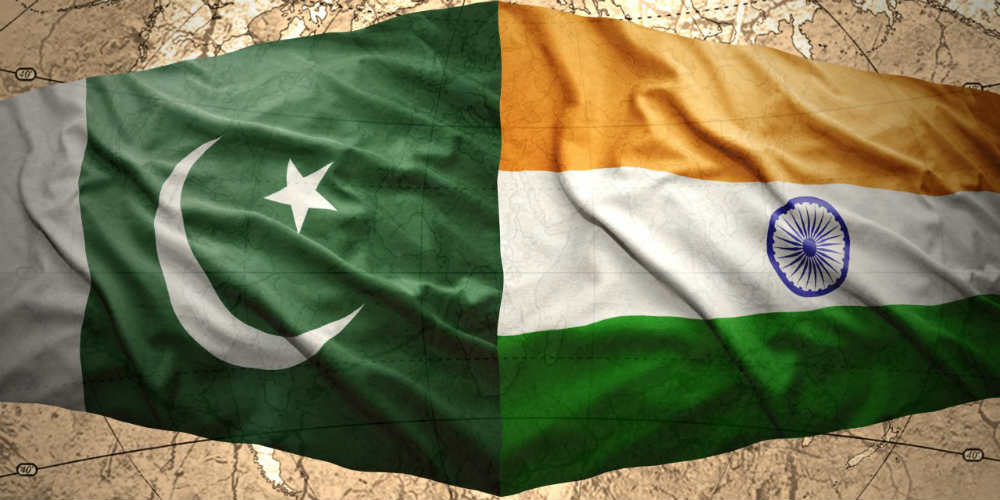
Entire Opposition join hands even as doves in RAW and ISI coo
Two mutually reinforcing images from last week may well define the next phase in national affairs. It is too early to call them game changers but they have considerable potential.
-
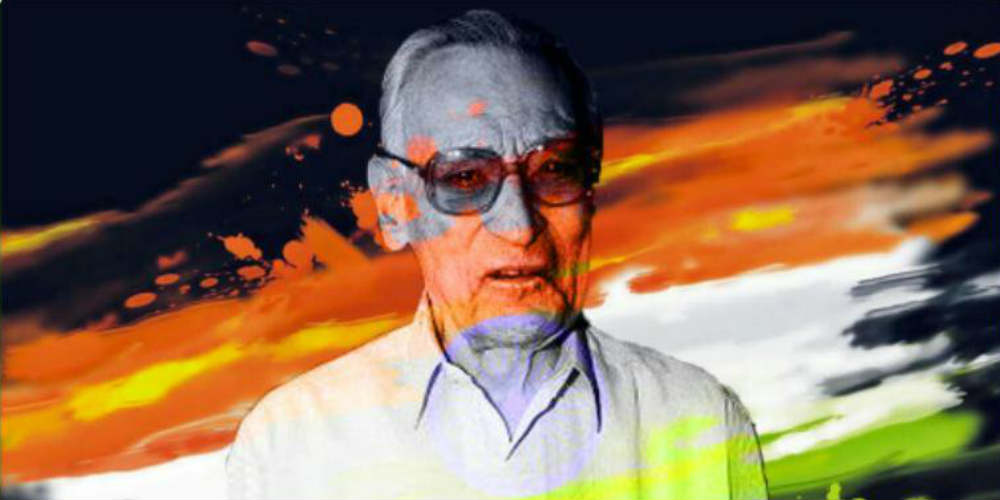
Forgetting the most influential non-political Indian on his 100th birthday
This column is not to recount R N Kao’s successes or failures; he saw both in good measures. For despite the paucity, there have been some books both by his colleagues and…
-
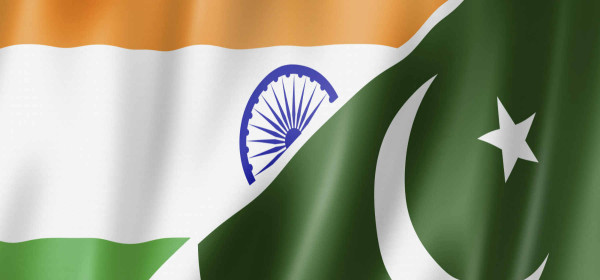
Is Kulbhushan Jadhav an Indian agent?
If an opportunity arises where an Indian agent is arrested in their country, Pakistan would make every effort to milk the situation and create an international hue and cry.
-
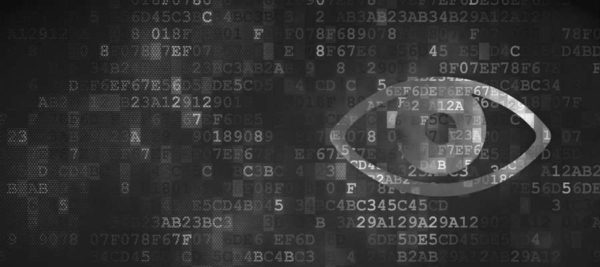
Exclusive details of India’s surveillance system ‘NETRA’
Nearly 24 months ago the Government of India embarked on an ambitious development of an integrated cyber warfare platform to counter the enormous threats and real-time challenges mounted by the elite Chinese…
